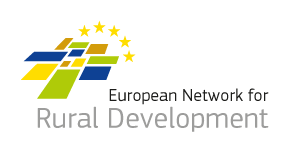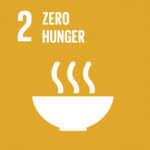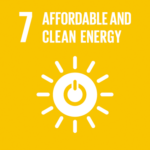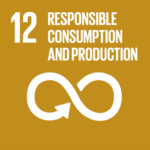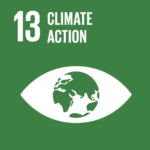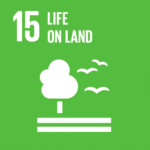Bioeconomy promoting rural development in Europe
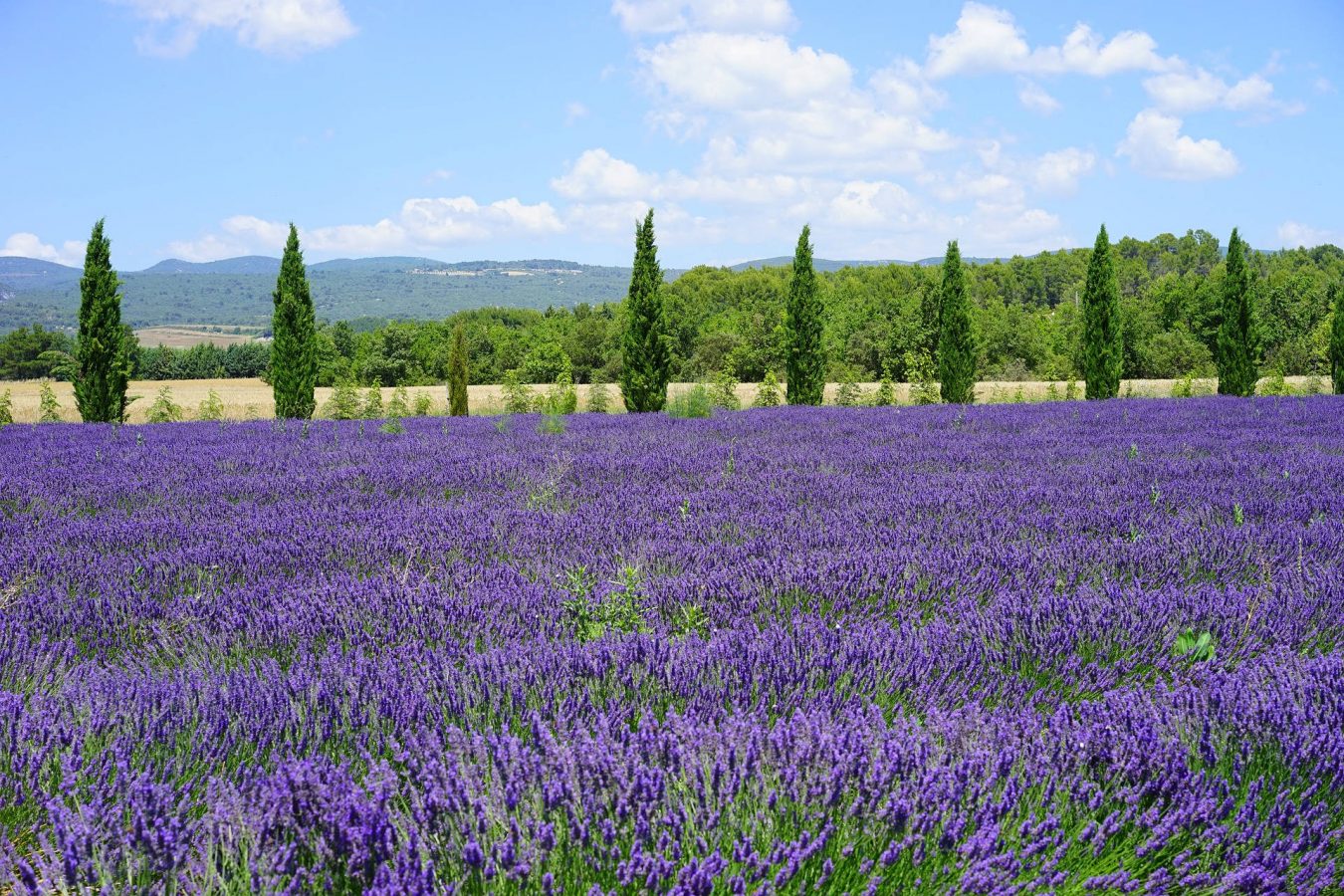
Blog - Published 17.10.2019
The bioeconomy can mean very different things for people living in rural areas in Finland, Romania or Spain, for example. In most regions, however, it offers opportunities to add value to rural products and services, and to create new jobs and enterprises. Bioeconomy can also speed up the adoption of practices that are sustainable and climate friendly. The EU-funded Rural Development Programmes (RDPs) offer a selection of measures that can be used to promote the development of a rural bioeconomy adapted to local needs. The available measures vary from advice to investment support and building new collaboration models.
An open Thematic Group coordinated by the European Network for Rural Development (ENRD) sets the bioeconomy in the Rural Development agenda. The group consists of stakeholders from agricultural ministries, National Rural Networks, producer organisations and NGOs as well as from research and academia. In July 2019 the group published a set of recommendations on the use of the Rural Development Programmes (RDPs) to mainstream the bioeconomy in Europe’s rural areas.
Implementing the bioeconomy with RDP support
A shared understanding of the concrete, local opportunities offered by the bioeconomy is key to enable its development in a way that benefits rural communities. Would the local natural resources, economic structure and needs favour adding value to wild herbs, using food waste to breed insects for animal protein, or for example, the production of construction materials out of hemp? The next step is to get people to speak to each other: the actors in bioeconomy need to collaborate and find business partners across sectors.
The bioeconomy, which largely relies on innovation and new practices, requires new skills, investments and marketing approaches. RDP measures can be used to address these needs. The experiences and recommendations collected by the ENRD Thematic Group can also inspire the programming of EU Member States’ Strategic Plans for the Common Agricultural Policy (CAP) after 2020. Throughout Europe, there is great and untapped potential to employ the bioeconomy as a driver for rural development.
Bioeconomy as climate action
The ENRD’s Thematic Group is now exploring tools to optimise the climate benefits of the bioeconomy. In addition to replacing fossil-based materials, the bioeconomy can promote carbon sequestration and reduce emissions along bio-based value chains.
In order to facilitate this development we must make climate change mitigating activities attractive throughout the chains, in particular in rural areas. Since markets do not yet reward climate action, public support has an important role to play in creating incentives. The European Commission’s proposal for the future CAP includes specific objectives covering both rural bioeconomy and climate action. Member States’ Strategic Plans to implement the CAP should foresee strategies that contribute to both objectives.
The ENRD promotes knowledge transfer between EU Member States and rural development stakeholders. The goal is to improve the quality and effectiveness of the Rural Development Programmes. More information about ENRD’s Thematic Group on ‘Bioeconomy and climate action in rural areas’ as well as on the work of other organisations and bioeconomy initiatives is available in ENRD’s Rural Bioeconomy Portal.
The author Laura Jalasjoki works as policy analyst at the Contact point of the European Network for Rural Development.
Contact +32 2 801 38 08, laura.jalasjoki@enrd.eu
Agenda 2030
The development of European rural areas through bioeconomy contributes extensively to the UN’s sustainable development objectives, including: 15 – Life on land, 13 – Climate action, 12 – Responsible consumption and production, 7 – Affordable and clean energy, and 2 – Zero hunger.


